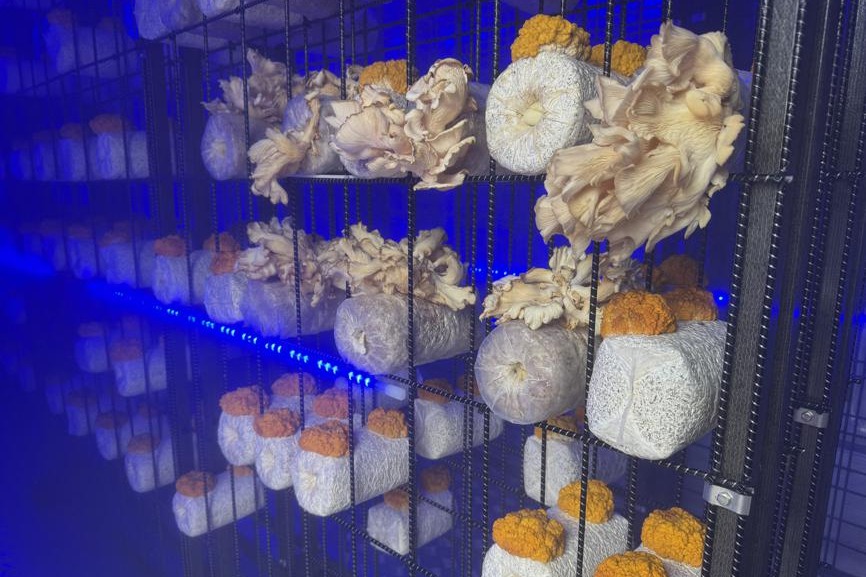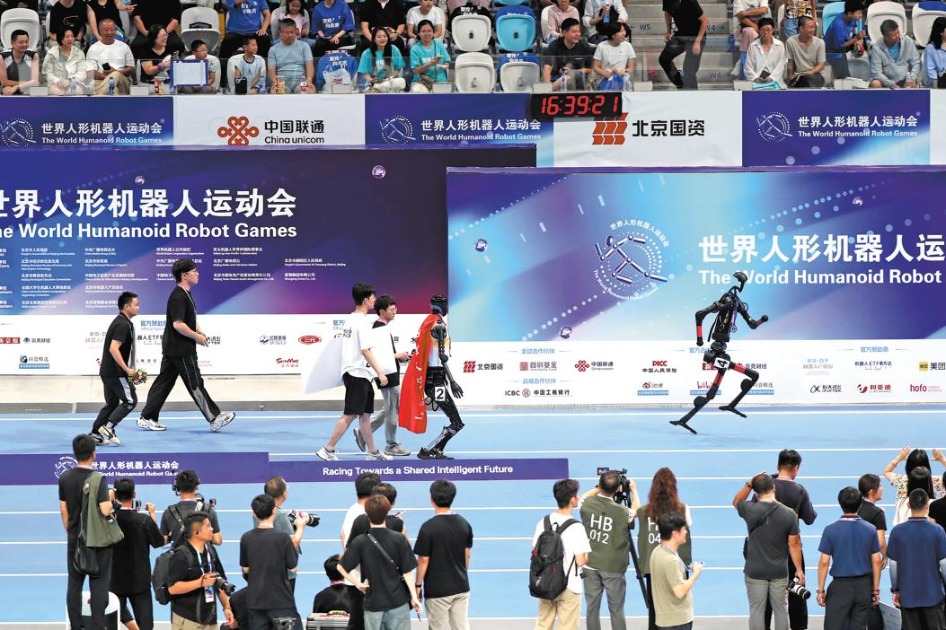Railway expansion bolsters city cluster development


The northern province of Hebei is making progress in bolstering transportation connectivity with its wealthier neighbors Beijing and Tianjin as part of a broader effort by the Communist Party of China to integrate regional development.
Known as the Beijing-Tianjin-Hebei cluster, the region embarked on a sweeping integration drive seven years ago, with aims ranging from establishing better railway connections to facilitating a freer flow of capital.
Provincial government figures showed that the length of railways knitting the cluster together has exceeded 10,400 kilometers, compared with roughly 8,500 km in 2013.
"An integrated Beijing-Tianjin-Hebei region via railways has basically taken shape," Wang Dongfeng, secretary of the CPC Hebei Provincial Committee, said in an interview with Xinhua News Agency in January.
That month, a high-speed train linking Beijing and Chengde city in Hebei went into operation.
The new line slashed one-way travel from four hours by slow train to just slightly more than 50 minutes.
A commentary in Hebei Daily said the launch of the line solidified Chengde's inclusion in a "one-hour city circle", which means it takes around one hour to reach major cities in its orbit.
It also laid the foundation for the Beijing-Tianjin-Hebei region to become a world-class cluster by the end of the 14th Five-Year Plan period (2021-25), the newspaper added.
The previous five-year period saw the rapid expansion of bullet trains in the region.
In late 2015, two high-speed railways were commissioned, linking Tianjin and Baoding in central Hebei and the province's major cities Tangshan and Zhangjiakou, one of the host cities of the 2022 Winter Olympics.
The following years have witnessed the launch of a spate of high-speed railways promoting the connections among cities in the province, as well as with Beijing and Tianjin and beyond.
Many more are either under construction or have acquired official approval.
The addition of such infrastructure has helped "connect dots to form a net", and a one-hour transportation zone has begun to take shape, said Hebei Daily, quoting an official with the China State Railway Group's Beijing division.
In 2014, the central government put forward a national strategy for the coordinated development of the Beijing-Tianjin-Hebei region.
It paralleled two other national strategies-the Belt and Road Initiative and the development of the Yangtze River Economic Belt.
The integration plan aimed to free Beijing from noncapital functions, such as serving as bases of operations for State-owned businesses and university campuses, as part of an effort to solve "big city problems". The plan also looked to inject momentum into less-affluent Hebei by shifting overly concentrated resources there from its neighbors.
For years, the province-which encircles the two richer municipalities-h(huán)as served as a base for cheap labor and farm produce supplies, but it has scrambled to reap economic benefits while those two cities grew wealthier.
Only a decade ago, the province was home to some of the most entrenched poverty in the nation, despite being close to the China's most promising economic heartlands.
A 2014 commentary by China Economic Weekly compared Hebei to a frail, aging mother, and the two municipalities to ungracious sons who only ask for resources from the province but never give back.
Apart from the railway links, the region has also managed to curb air pollution and shift strategic industries to Hebei as it races to move away from its reliance on steel and other heavy polluting industries for economic growth.
The provincial government said more than 132,000 polluting factories were shut down or rectified over the past five years, and about 11 million families benefited from the sweeping coal-to-gas or coal-to-electricity projects.
The average concentration of PM2.5-inhalable particulate matter with a diameter of 2.5 micrometers or less that is considered a health hazard-in the area fell 50 percent or more during that period, compared with 2013 levels, it added.
Over the past seven years, a large number of big data companies from Beijing settled in Zhangbei county in the province's northwest, which Hebei Daily said has formed an industrial cluster that has instilled momentum into local growth.
A number of factories, including electric car manufacturers, have been set up in the province to take over some of the noncapital functions from Beijing, which has grappled with explosive growth of residents because of its overly concentrated resources.
Official figures showed the province has signed 90 billion yuan ($13 billion) worth of technological transference contracts with Beijing and Tianjin since 2016.
More than 20 billion yuan of those deals were inked last year, accounting for almost 8 percent of all such contracts Beijing and Tianjin signed last year, compared with just 1.9 percent in 2015.
During an inspection tour of the region in 2019, President Xi Jinping urged more efforts to achieve new, greater progress in the coordinated development of the Beijing-Tianjin-Hebei region.
China should remain committed to the new development concept and stick to high-quality growth while integrating the region, he said.
- 2025 SCO Forum on People-to-People Exchange held in Beijing
- Exhibition commemorating 80th anniversary of victory over Japanese aggression, fascism opens in Macao
- Video series commemorates Soong Ching Ling's peace diplomacy legacy
- Over 40 expatriates make dumplings at a community event in Tianjin
- Shanghai Disney Resort adjusts ticket structure, unveils autumn lineup
- Cutting-edge fungal technology takes center stage at Jilin expo




































